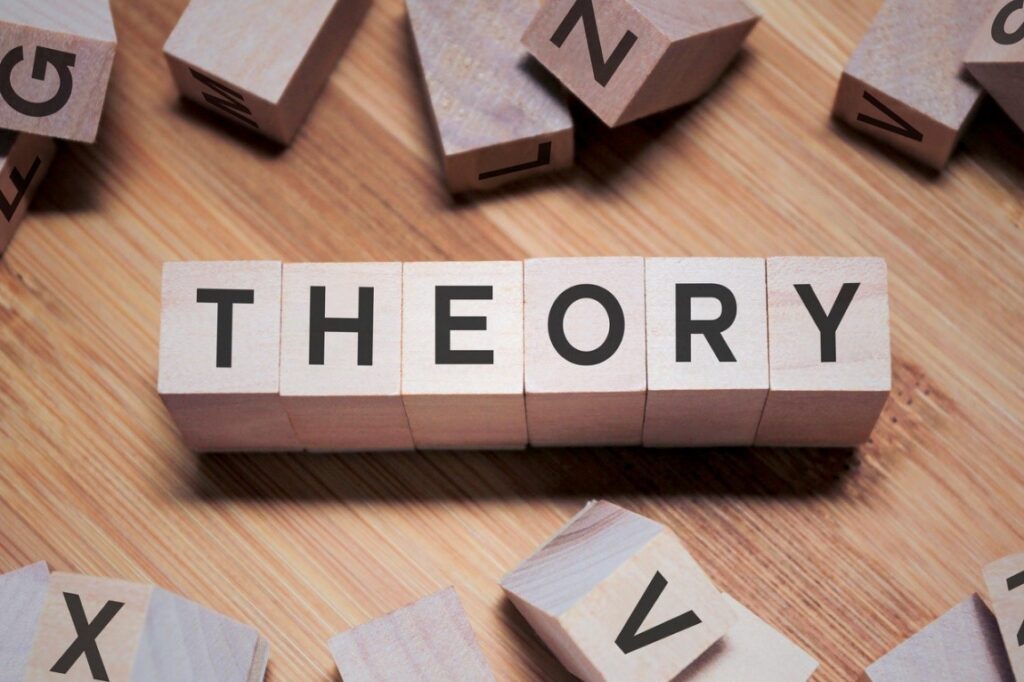Douglas McGregor (1960) formulated Theory X and Theory Y that suggests there are two different perspectives on motivation at work for employees, these two aspects are:
- a negative perspective, called Theory X
- a positive perspective, called Theory Y
These are 2 ways that managers can see their employees and consider the underlying motivation of employees. This is an old theory and has been developed in other theories since then, however it can be seen in current managing practices at times.
Assumptions of Theory X
- An average employee intrinsically does not like work and tries to escape it whenever possible.
- Since the employee does not want to work, he must be persuaded, compelled, or warned with punishment so as to achieve organizational goals. A close supervision is required on part of managers. The managers adopt a more dictatorial style.
- Many employees rank job security on top, and they have little or no aspiration/ ambition.
- Employees generally dislike responsibilities.
- Employees resist change.
- An average employee needs formal direction.
Assumptions of Theory Y
- Employees can perceive their job as relaxing and normal. They exercise their physical and mental efforts in an inherent manner in their jobs.
- Employees may not require only threat, external control and coercion to work, but they can use self-direction and self-control if they are dedicated and sincere to achieve the organizational objectives.
- If the job is rewarding and satisfying, then it will result in employees’ loyalty and commitment to organization.
- An average employee can learn to admit and recognize the responsibility. In fact, he can even learn to obtain responsibility.
- The employees have skills and capabilities. Their logical capabilities should be fully utilized. In other words, the creativity, resourcefulness and innovative potentiality of the employees can be utilized to solve organizational problems.
Theory X can be seen as the pessimistic view of employees’ nature and the concomitant behaviour at work, while Theory Y presents the optimistic view of employees’. McGregor views Theory Y to be more valid and reasonable than Theory X. Thus, he encouraged cordial team relations, responsible and stimulating jobs, and participation of all in decision-making process. This idea is quite well established now as much evidence shows the importance of intrinsic motivation which is more aligned with the assumptions of Theory Y.
Implications of Theory X and Theory Y
- Even though evidence shows this not to be the case often, organizations still use Theory X today. Theory X encourages use of tight control and supervision. It implies that employees are reluctant to organizational changes, doesn’t create open cultures, innovative space or committed employees.
- However many organizations have embraced the evidence and use Theory Y techniques. Theory Y implies that the managers should create and encourage a work environment which provides opportunities to employees to take initiative and self-direction. Employees should be given opportunities to contribute to organizational well-being. Theory Y encourages decentralization of authority, teamwork and participative decision making in an organization. Theory Y searches and discovers the ways in which an employee can make significant contributions in an organization. It harmonizes and matches employees’ needs and aspirations with organizational needs and aspirations.
